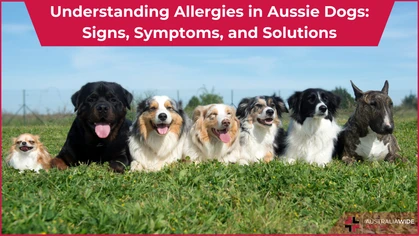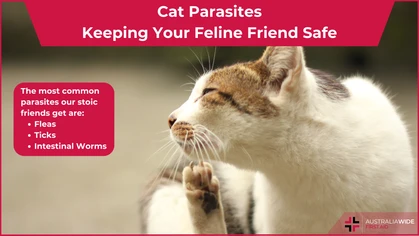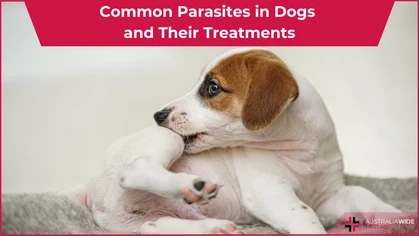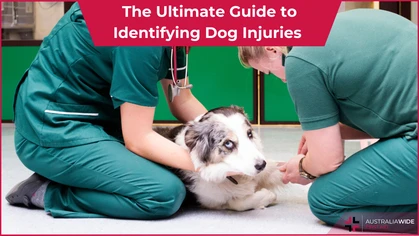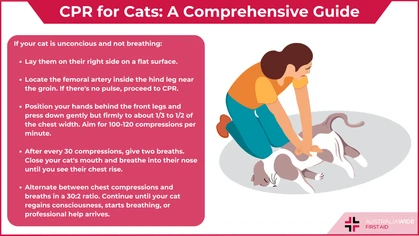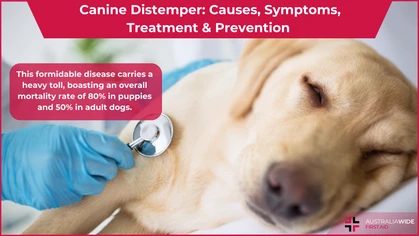How to Make Your Own Pet First Aid Kit

Pets
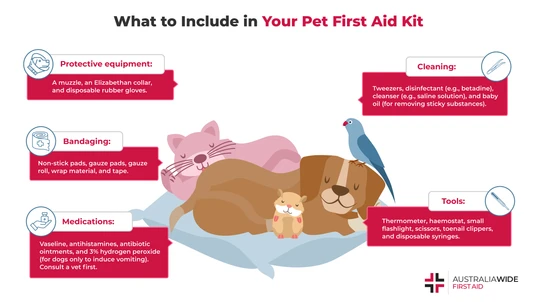
Pets can sustain injuries or become ill anywhere and at any time. However, while waiting for professional help, you can manage your pet's condition and promote their comfort with a pet first aid kit. Here is how to build a comprehensive first aid kit for pets.
A well-made first aid kit contains enough items to cover common injuries and illnesses but not so many items that the kit is bulky and difficult to navigate. We will never know when our pets will endure an illness or injury. But we can be prepared. Having a first aid kit available and properly stocked will keep your pet comfortable and stabilized until you can get professional help. A first aid kit for pets shares many items that a kit designed for humans has but with a few modifications. Here is how to build a comprehensive first aid kit for pets. Check out our other articles on pet first aid in the Resource Library for information on how to administer first aid to your pets.Protective Equipment
The first step in any first aid situation is to assess and address safety. Your comprehensive first aid kit should include safety items for you and your pet. That includes:- Disposable rubber gloves (1-3 pairs) – to protect hands
- Muzzle or a length of wrapping material - for pets who become aggressive when agitated
- Elizabethan collar – to protect your pet from scratching
Cleaning
Cleaning an injury removes any dirt and debris that may further irritate wounds and helps prevent infection.- Cleanser – saline solution
- Disinfectant– 3% hydrogen peroxide, betadine
- Tweezers – for removing debris, foreign objects, and ticks
- Baby oil – for removing tar or sticky substances
Bandaging
A bandage is applied when your pet has wounds, abrasions, or musculoskeletal injuries.- Gauze pads – apply directly to the wound, can be stacked to create a pressure dressing
- Telfa or another non-stick pad – a nonstick option to apply to wounds
- Gauze roll – to cover gauze pads
- Wrap material (elastic/stretch) – to provide a protective cover and for pressure dressings
- Tape (paper tape and a stronger adhesive tape) – to secure the dressing
Tools
Ensure that all tools are safely stored. Tools requiring batteries should be checked regularly.- Scissors – for cutting dressings or miscellaneous items
- Thermometer
- Disposable syringes – for administering medications or cleansing solutions
- Small flashlight
- Hemostat – for grasping and holding
- Toenail clippers
- Dog Booties (optional – most helpful for sporting dogs)
Medications
The following medications do not require a prescription:- Antibiotic ointments (Bacitracin, Neomycin, Polymyxin)
- Vaseline – for skin application
- 3% hydrogen peroxide – DOGS ONLY. One tablespoon by mouth to induce vomiting.
- Benadryl – for allergies/allergic reactions. For dogs, give 2 mg per pound every 8 hours. For cats, give 1 mg per pound every 8 hours
Kit Considerations
Once you have obtained the items for your first aid kit, think twice about how you store them. Depending on your lifestyle and where you are most often with your pet, you may want to keep it in a labeled box at home or a fanny pack in your car, for example. A first aid kit is only helpful when it is accessible. Also, consider notifying anyone else who cares for your pet where it is located. Dog sitters and dog walkers may also need to use the kit. For more information on pet first aid, you might like to check out the following articles in our Resource Library:- Pet First Aid
- Wound Care for Cats
- First Aid for Dogs: Paw Care
- First Aid: Wound Care for Dogs
- First Aid for Pets: Insect Bites and Stings in Dogs and Cats
Originally published at
https://www.australiawidefirstaid.com.au/resources/pet-first-aid-kit
as part of the Australia Wide First Aid Articles Library
